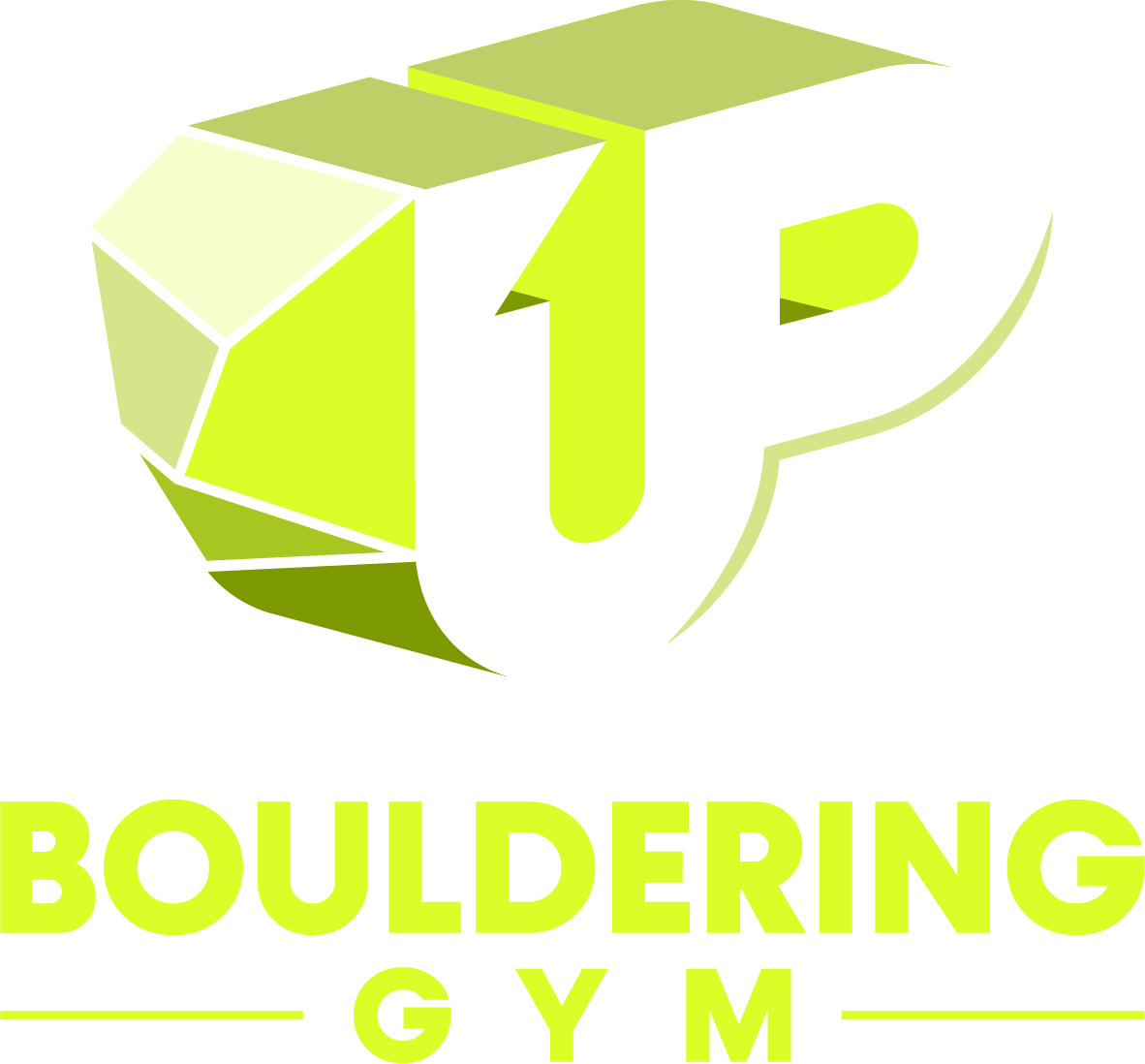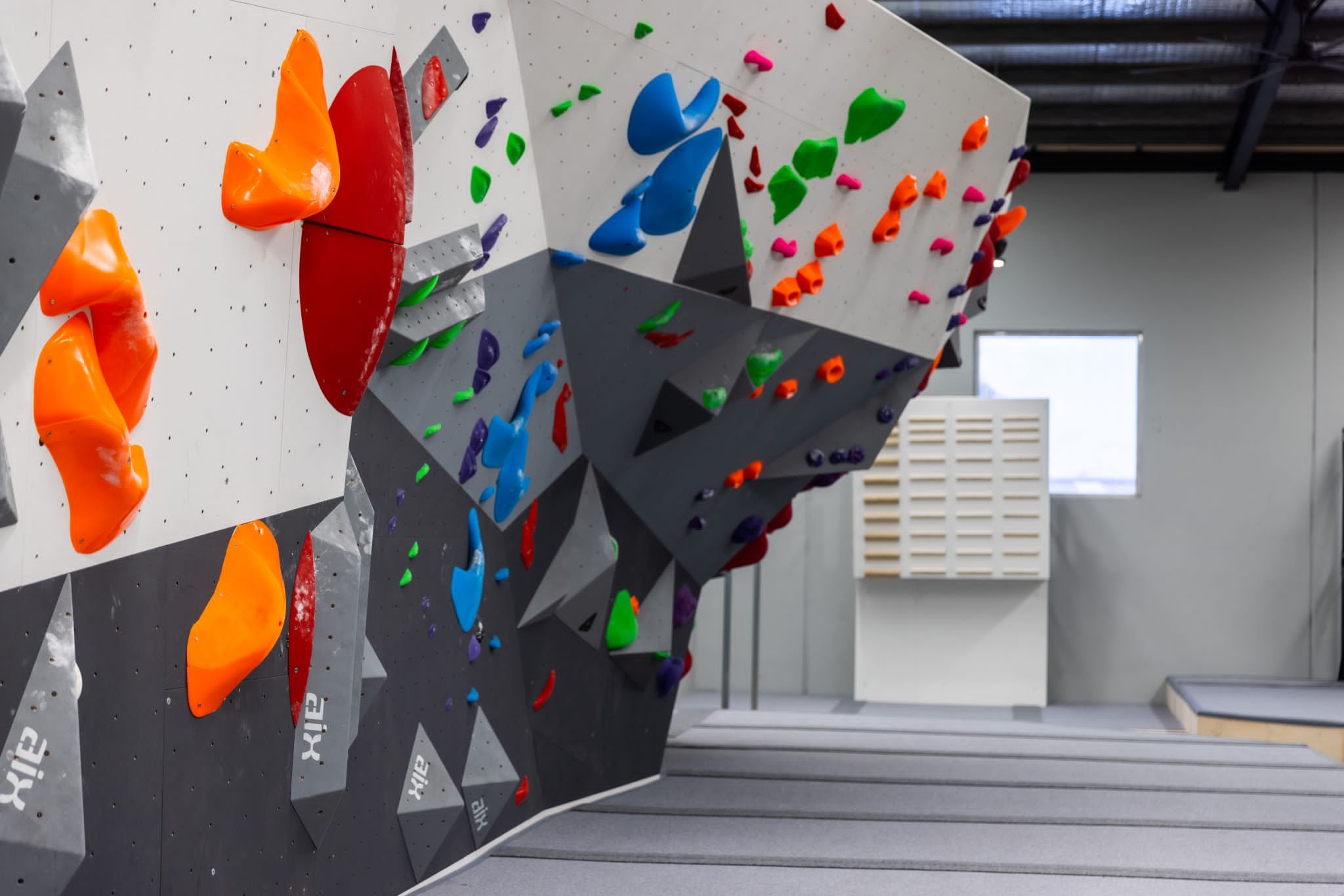Types of holds and how to use them
There are millions of holds in different shapes and sizes, however, lucky for us they come in a few types and each one is used differently.
The more contact you have with a hold the greater the friction, therefore the more contact, the better the grip you have on a hold. This rule applies to every single type of hold; crimps, jugs, pinches, pockets and slopers. There are of course different techniques to each specific type of hold but in general, maximising contact with the hold will always be your priority.
CLIMB right into the different holds;
CRIMPS
Inside a gym these will be one of the most common holds you will come across. To start, “crimp” can refer to how you use the hold or the actual hold itself. The same applies to “pinches”, which we will explore later. Crimps are small edges that are just big enough to fit your finger tips and can vary from large edges that accommodate multiple fingers down to the size of a credit card, fitting only a sliver of your finger tips. Of all the different methods, there are 3 main concepts you want to understand about crimps:
OPEN CRIMP
You can perform an open crimp by placing a single finger pd on the hold and extending your knuckles as far as possible. This will be considered the weakest of the three given it provides very little contact with the surface. The benefit of using open crimps is that they are much less taxing on your tendons and therefore the most healthy for your fingers. You may want to use this for any training that you cannot perform during an actual climb.
HALF CRIMP
A half crimp is bending your middle knuckle 90 degrees and increasing contact with the hold. This version provides a much stronger grip than the aforementioned but will stress your fingers out more. This will be the crimp you want to use for the majority of your climbs unless you are really pulling or a project.
Note: Your thumb is to stay down, it does not come up and over
FULL CRIMP
Finally we have the crimp that gives you the most grip, though this is the most damaging to your tendons and we do not recommend this for beginners. To complete a full crimp, place your hand in a half crimp and just overlay your thumb over your fingers. If you are more advanced, please warm up beforehand.
JUGS
Baskets, buckets, ladder rungs, hero holds, jugs, whatever you want to call them. Whether you are a veteran or a beginner you recognise these as your best friend. The higher the grading 1UP the less you will see of these, though every beginner route will be chalk and chock full of them.
Something to remember with jugs is the amount of friction they cause. They feel the most safe and secure so we tend to grab onto these with our full weight, but by doing so you increase the chance of blistering your hands. To minimise the impact on your hands, avoid readjusting your hand once you have made contact with the jug in order to reduce the chance of shredding more skin.
PINCHES
Pinches come in different shapes and sizes but they are essentially any hold with edges on either side requiring you to use your thumb. Now you won’t be able to use your thumb on every single pinch because sometimes your hand is too small to get your thumb around or your hands are too big to fit on a smaller hold but you still want to try and use your thumb for every single pinch for the simple reason; surface contact. The greater the surface contact, the greater the friction, the better you will be able to hold on - not to mention your thumb is working from the otherside adding opposing force, engaging the hold from behind making it much more secure.
POCKETS
Pockets are just what they sound like, small holes in the rock that allow up to 3 fingers. Now you may be asking which finger should I use for these? Your middle and ring fingers are ideal for pockets for several reasons;
These fingers are the closest together and attached furthest back on your forearm muscle
They fit most comfortably as they are usually the longest fingers
Being the centre most fingers on your hand they stabilise you best
One quick tip is to let gravity play its role; as you already know the most surface contact you have the better your grip. By allowing gravity to centre yourself immediately beneath and pull down, you increase the surface contact.
SLOPERS
You either hate them or you love them, slopers are one of the most common holds around the gym and come in all shapes and sizes. They are easily identified by their lack of any lip or edge to grip and because of this you must ensure that you maintain contact with the entire surface of the sloper.
The key with slopers is to press into it rather than pull on it and as with pockets you want to use gravity to center yourself beneath the hold. This will help increase contact allowing you to press your palm to the surface and arch your fingers to the contour of the hold.
Another form of slopers requires you to grip with a “Meat Hook”. For the larger slopers you maximise surface contact through squeezing your forearm and wrist into the hold. A word of caution; although this technique will feel more secure when compared to your normal grip, it may cause more damage to your forearms. Use with care!
1UP Holds

